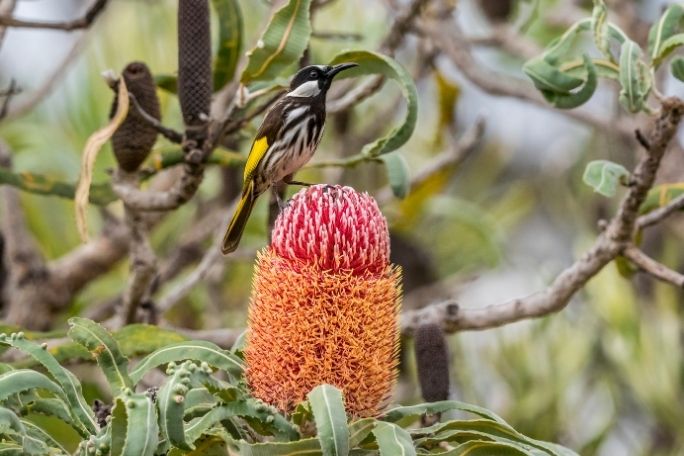Lesson summary
Students will read ‘The Conversation’ article about bushfires and ecosystems, then watch a short video. It is essential for students to watch the first seven minutes of the video to be able to answer the questions on the video. However, the remaining three minutes are also useful in understanding ecosystems; you can choose to assign the whole video or part of the video. Students will then refer back to ‘The Conversation’ article and answer questions, reflecting on the connections between the clip and the article and how both help them to understand ecosystems.
This lesson is designed to be completed independently by students
Learning intentions:
Students will...
- understand the basic principles of ecosystem ecology, including tropic levels and interactions between biotic and abiotic elements
- recognise the impact of bushfires on ecosystems and how ecosystems may recovers following a bushfire event
- build their thinking and questioning skills.
Success criteria:
Students can...
- work independently to complete tasks
- read and analyse an article
- watch and analyse a clip
- make connections between texts.
Lesson guides and printables
Curriculum links
Select your curriculum from the options below.
Lesson details
Curriculum mapping
Year 9 Science:
- Ecosystems consist of communities of interdependent organisms and abiotic components of the environment; matter and energy flow through these systems (ACSSU176)
General capabilities: Literacy, Ethical Understanding, Critical and Creative Thinking.
Resources required
- A workbook for paper to write on
- Device and internet connection for research
- Pen, pencils and paper
- Article: These plants and animals are now flourishing as life creeps back after bushfires
Tips for parents and carers
For many people in Australia – including and especially young people – the bushfires were and continue to be a source of considerable anxiety and stress. This is particularly true for those who were immediately impacted by the fires.
If you need further support for students please refer to: https://www.beyondblue.org.au/the-facts/bushfires-and-mental-health/
Additional info
Learning@Home resources are designed for parents and teachers to use with children in the home environment. They can be used as stand-alone activities or built into existing curriculum-aligned learning programs. Our Learning@Home series includes two types of resources. The first are fun and challenging real-world activities for all ages, the second are self-directed lessons for upper primary and secondary students. These lessons support independent learning in remote or school settings.


Welcome back!
Don't have an account yet?
Log in with:
Create your free Cool.org account.
Many of our resources are free, with an option to upgrade to Cool+ for premium content.
Already have an account?
Sign up with:
By signing up you accept Cool.org's Terms and Conditions(Opens in new tab) and Privacy Policy(Opens in new tab).